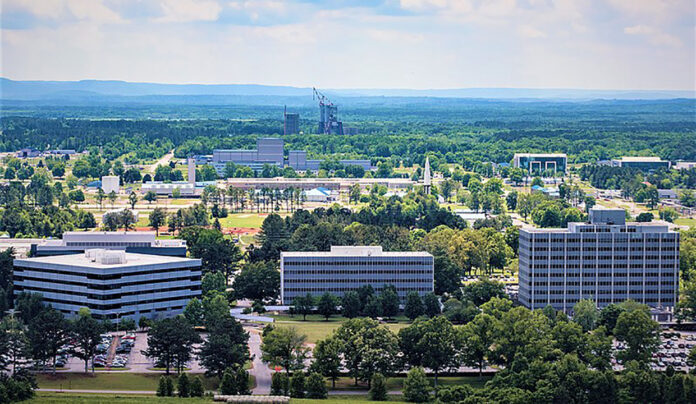WASHINGTON – The Marshall Space Flight Center’s proposal for the Moon Burst Energetics All-sky Monitor, also known as MoonBEAM, was one of four proposals chosen for the agency’s Explorers Program.
Marshall astrophysicist Chiumun Michelle Hui is the principal investigator on the project here in Huntsville
“NASA’s Explorers Program has a proud tradition of supporting innovative approaches to exceptional science, and these selections hold that same promise,” said Thomas Zurbuchen, associate administrator for NASA’s Science Mission Directorate at NASA headquarters in Washington. “From studying the evolution of galaxies to explosive, high-energy events, these proposals are inspiring in their scope and creativity to explore the unknown in our universe.”
The Explorers Program is designed to provide frequent, low-cost access to space using principal investigator-led space science investigations.
The proposals advance ideas for missions to study exploding stars, distant clusters of galaxies, and nearby galaxies and stars.
In its orbit between Earth and the moon, MoonBEAM would scan for bursts of gamma rays from cosmic explosions and alert other telescopes to study the source.
Two Astrophysics Medium Explorer missions and two Explorer Missions of Opportunity have been selected to conduct mission concept studies. From them, NASA plans to select one Mission of Opportunity and one Medium Explorer in 2024 to proceed with implementation.
The selected missions will be targeted for launch in 2027 and 2028, respectively.
The Medium Explorer teams selected at this stage will each receive $3 million to conduct a nine-month mission concept study. Astrophysics Medium Explorer mission costs are capped at $300 million each, excluding the launch vehicle.
The Mission of Opportunity teams selected at this stage will each receive $750,000 to conduct a nine-month implementation concept study. NASA Mission of Opportunity costs are capped at $80 million each.
Don’t miss out! Subscribe to our email newsletter to have all our smart stories delivered to your inbox.



